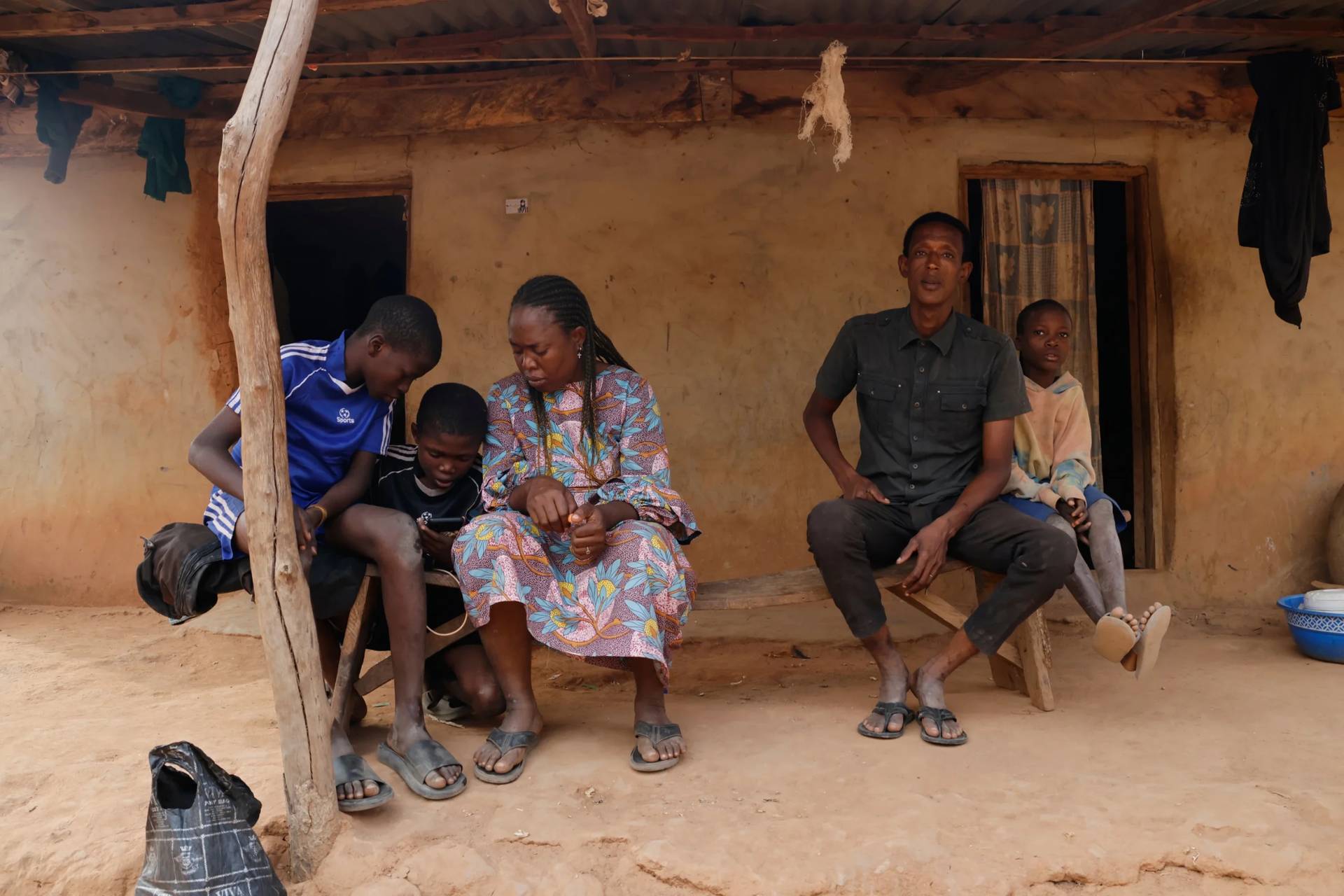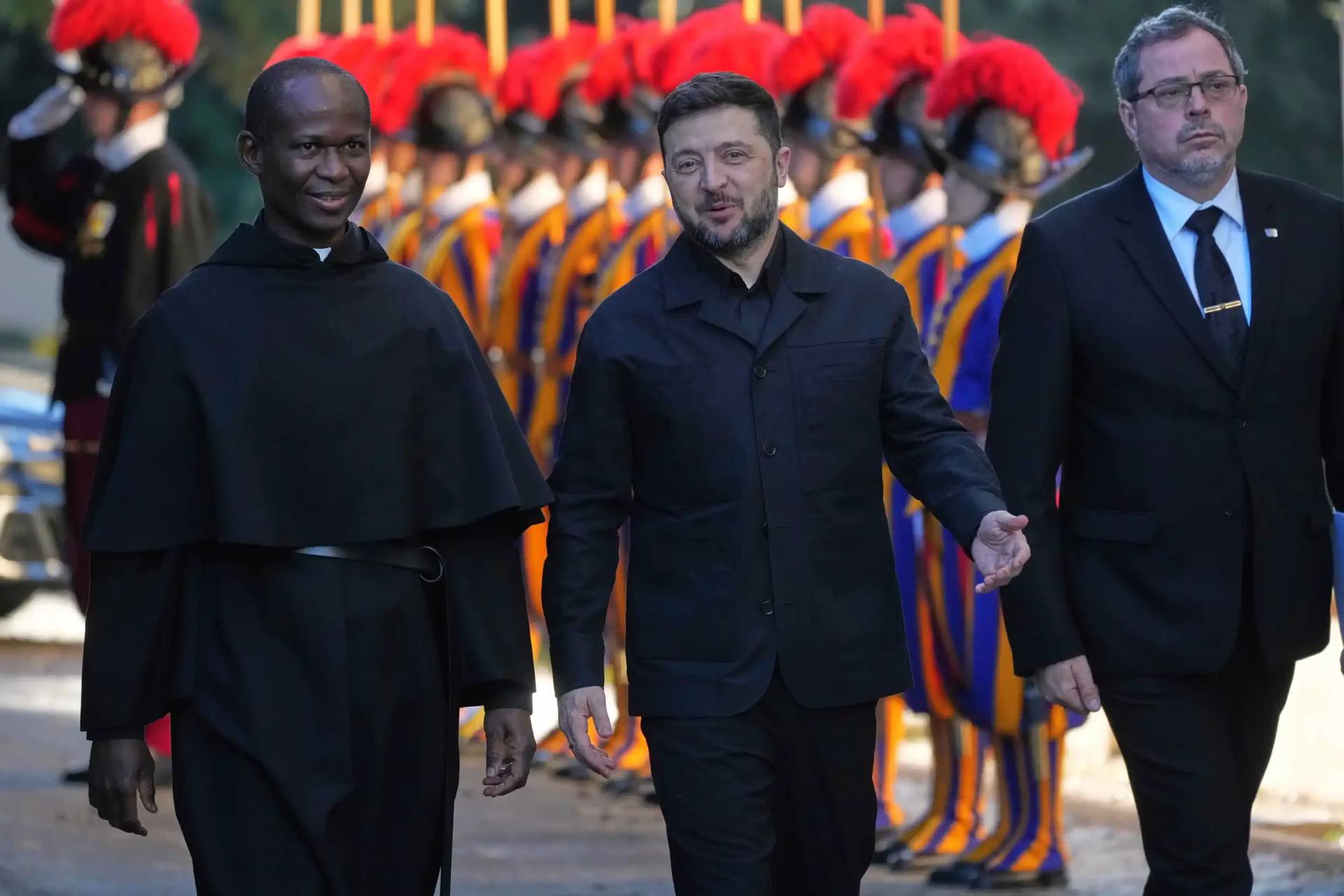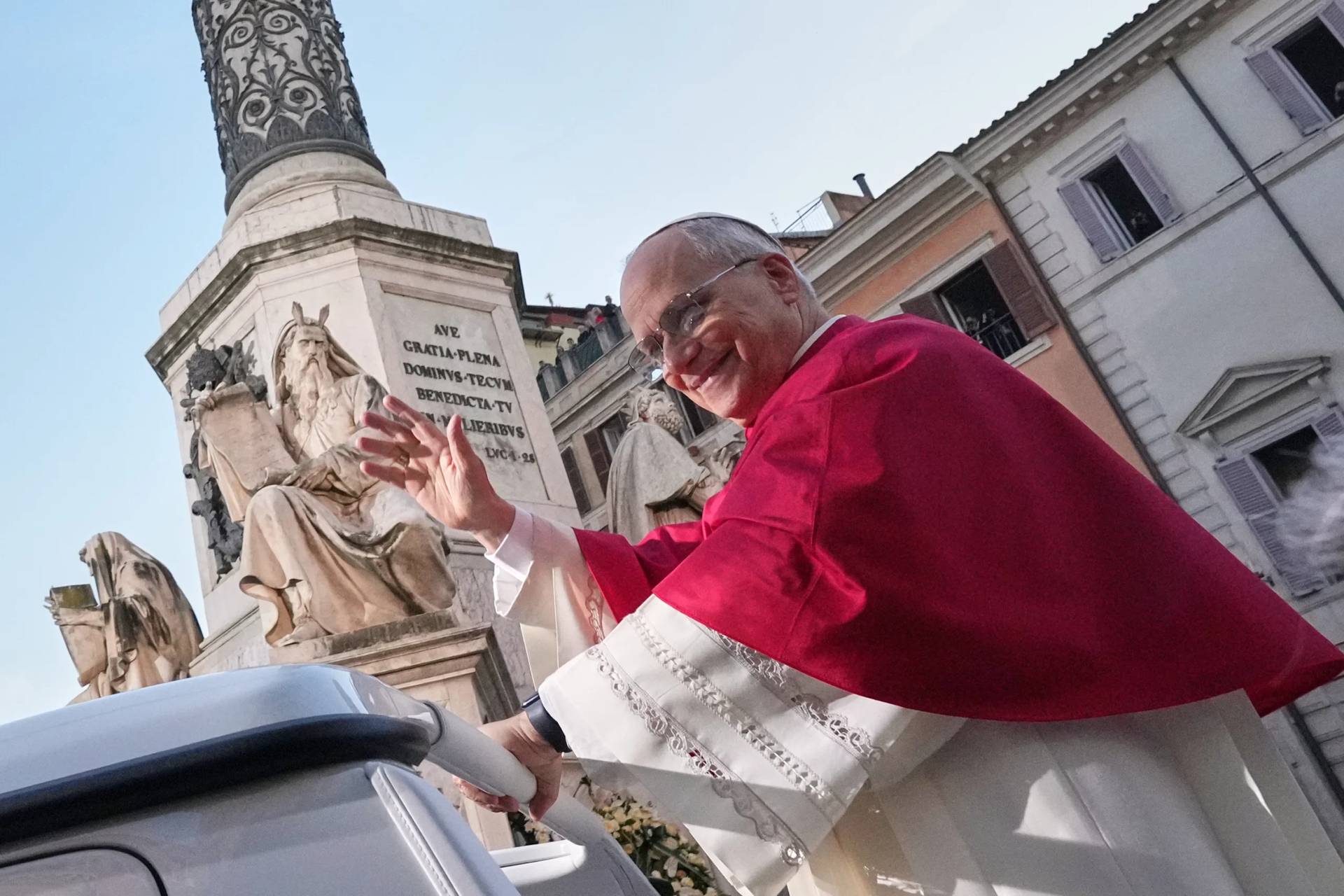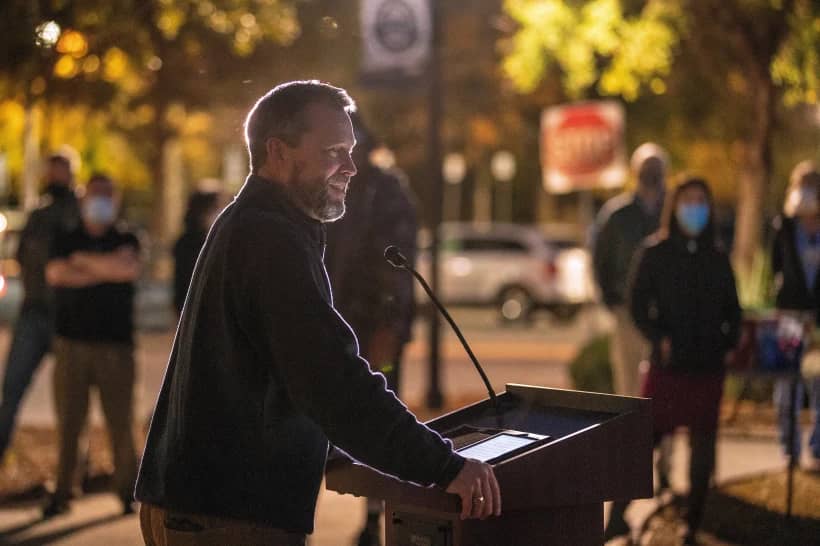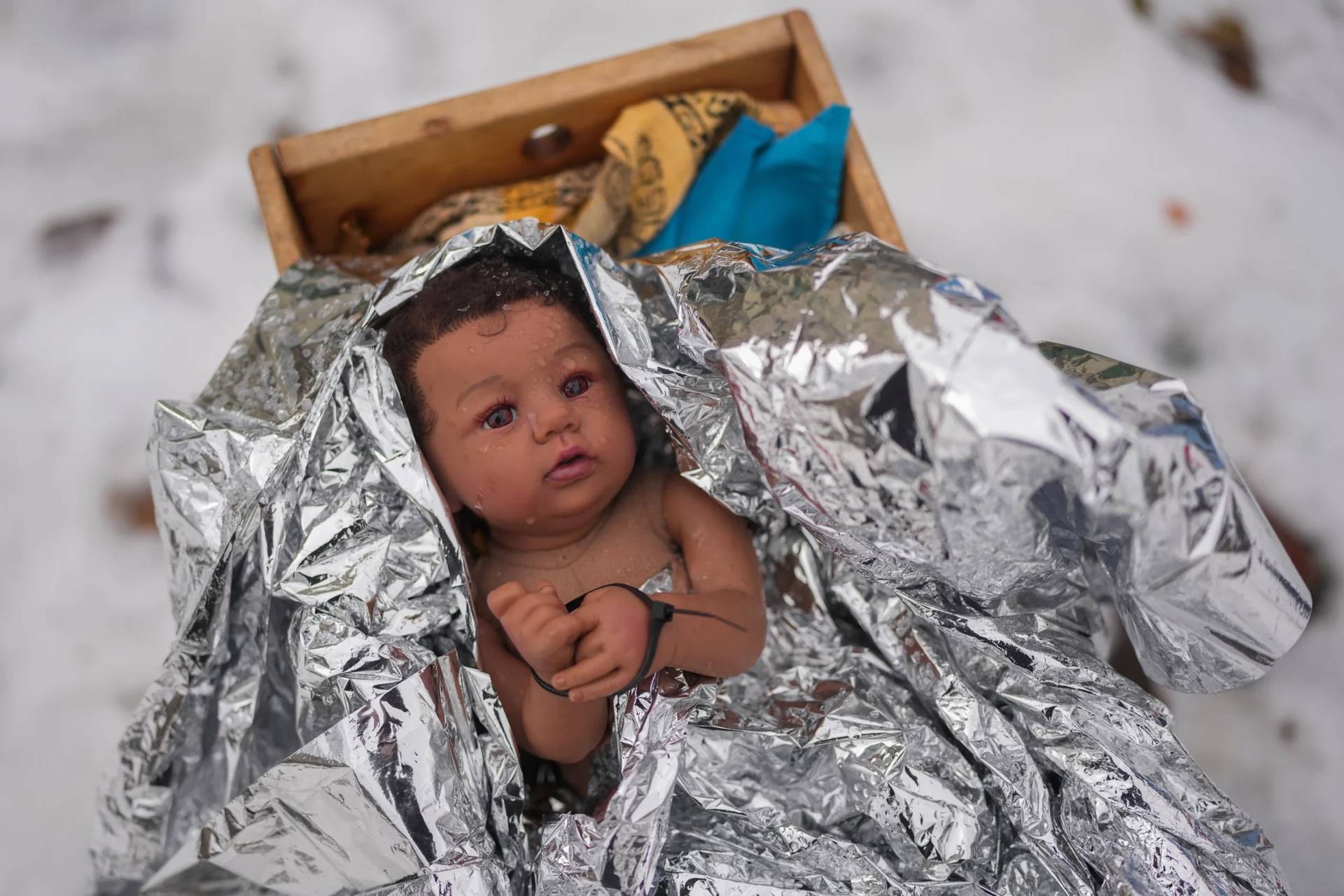During Holy Week, at the Chrism Mass in Rouen, France, Archbishop Dominique Lebrun announced that the cause for canonization of Father Jacques Hamel had been opened.
Killed last July at the altar while celebrating Holy Mass, Pope Francis waived the canonical five-year waiting period after death for a cause to be opened.
Waiving the waiting period is exceedingly rare. In recent times it was done by St. John Paul II for Mother Teresa of Calcutta, and twice by Pope Benedict XVI, for John Paul and for Sister Lucia, the third of the Fatima visionaries. In all three cases, the individuals had for decades a widespread reputation for holiness.
The case of current martyrs, being delivered weekly by jihadis and others, is a different kind of thing. Most of them are entirely unknown beyond their own family and friends until after they are numbered among the dead.
For most of them, martyrdom is something entirely unexpected and out of the blue. Were they killed in hatred of the faith? Certainly.
But these are not martyrs in the mode of St. Ignatius of Antioch, who made his way to his martyrdom in Rome writing to Christians en route about the death by which he earnestly hoped to give glory to God.
This is not the martyrdom of those missionaries who set out for faraway lands, knowing that martyrdom was a risk.
Most of these martyrs were simply going about their daily affairs when the bomb went off, or the mob arrived. Some of them professed their faith, or at least did not deny it, before death, while others died without even knowing what was happening to them.
The beatification and canonization of martyrs is like other sainthood causes, intended to raise up witnesses that can inspire and intercede for others.
Recognizing the unique witness of martyrdom, the Church does not require a miracle for the beatification of a martyr. (It does require a miracle after beatification for canonization.)
Still, the process of examining the life is required. It is possible to be a martyr – killed in odium fidei, in hatred for the faith – and not be suitable for beatification. For examples, terror attacks against Christians often kill indiscriminately, taking both the devout and lukewarm together.
Even those massacres that take place in churches, like the Palm Sunday attacks last month in Egypt, or the All Saints shooting in Baghdad in 2010, might include someone who had the Mass at the centre of her life as well as someone present under familial pressure or cultural convention.
A jihadi could well kill a priest because he desires to attack the faith, but that priest could have had a clandestine secret life of grave sin.
It makes sense therefore not to rush causes. The waiting period is intended for two reasons. The first is to ensure that there is a genuine, enduring reputation for holiness, and not only an immediate response to the death.
The second is to allow time for a mature, if preliminary, judgment about the likeliness of the cause to succeed. Avoiding snap judgments permits a fuller picture of the candidate to emerge.
Before the reforms of John Paul, the waiting period was fifty years. That made causes more difficult to advance, as most of the witnesses to the life of the candidate would have died.
It also deprived the Catholic faithful of blesseds and saints of their own time. Fifty years was thought to be too long; five years hardly seems to be too burdensome.
The Hamel case is unique, in that the Supreme Pontiff has given his own spontaneous judgment on the case.
The initial reaction of Francis, airborne to Poland, was to dismiss the killing as something akin to routine domestic violence, infamously saying that a jihadist killing a priest at the altar had as much to do with the faith as a Catholic man killing his girlfriend.
When that reaction was widely found to have missed the mark, the Holy See lurched in the opposite direction, with the Holy Father offering a memorial Mass several weeks later at Santa Marta, with Hamel’s bishop and members of his parish present. There Francis told the bishop to display Father Hamel’s picture in the church because he was a martyr, already “blessed.”
It is not forbidden for popes to comment on causes. Benedict XVI, also airborne, commented that he was convinced that Archbishop Oscar Romero was a martyr before his cause was concluded. John Paul spoke of Father Jerzy Popiełuszko in a similar way. Yet in both those cases, the regular process was allowed to unfold, with both men been beatified as martyrs after the respective popes left office.
Does Hamel’s death put him in the line of Stanisław of Kraków, Thomas a Becket, and Romero, killed at the altar? Yes. Was he a holy man, a courageous defender of the faith? We don’t really know. Does he have a widespread cult of devotion? Impossible to tell yet, as that can only be measured over time.
Those are questions the local authorities and eventually the Congregation for Saints will have to evaluate. They ought to do so deliberately, with care and discretion, avoiding any sense of prejudging the outcome.
The acceleration of the cause makes it more difficult to do that.








